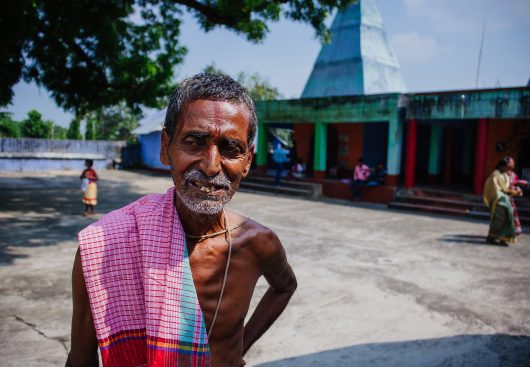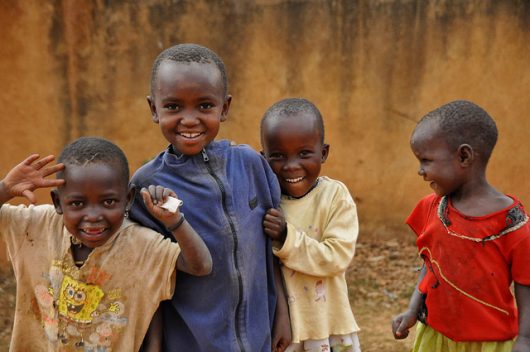
Gender inequality, limited access to safe water, lack of sanitation, poor hygiene and a recent drop in immunization are major issues Tanzanian citizens face in urban and rural areas of the country. These factors have contributed to the rampant spread of three common diseases in Tanzania: HIV and AIDS, cholera and malaria.
The most common disease affecting the Tanzanian populace is HIV and AIDS. HIV is a virus that attacks the immune system, the body’s natural defense against disease. The immune system is destroyed when left untreated and the person cannot recover from infections, big or small. At this stage, the person has AIDS.
According to the World Factbook, in 2015, almost 1.4 million people in Tanzania were living with AIDS. This is the most recent estimate. Also reported by the same source, Tanzania ranks sixth in comparison to the rest of the world with the number of its citizens living with the disease.
HIV is the main source of adult mortality in the country. The World Factbook states that in 2015 an estimated 35,700 Tanzanian adults died from the disease, placing the country in fourth place in comparison to the rest of the world.
According to the charity organization, AVERT, the populations most affected by HIV in Tanzania are people who inject drugs, men who have sex with men, mobile populations and sex workers. Of all HIV infections, 80% of them result from heterosexual sex. Tanzanian women are infected more than men due to having older partners, getting married earlier and neglecting negotiating skills for safer sex due to gender inequality.
The second of the most common diseases in the Tanzanian population is cholera. Cholera is a bacterial disease usually spread through contaminated water. Cholera causes severe diarrhea and dehydration. Cholera kills infected persons within hours when left untreated.
According to the World Health Organization (WHO), by April 20, 2016, there was a total of 24,108 cases of cholera in Tanzania, including 378 deaths. The majority of the cases were reported from 23 regions in mainland Tanzania (20,961 cases, including 329 deaths). Neighboring Zanzibar islands reported 3,057 cases of the disease, including 51 deaths.
The disease spread quickly due to conducive conditions such as limited access to safe water in poor households, sanitary problems and poor hygiene found in both mainland Tanzania and Zanzibar. In addition, the nation’s water supply institutions lacked the capacity to disinfect water and conduct regular water quality monitoring and assessments.
Recently, there has been a decline in the number of newly reported cases of cholera. However, the conditions that helped the disease to persist still have not changed, so the risk for more infections remains high.
The final common disease affecting the Tanzanian population is malaria. Malaria is a life-threatening disease caused by parasites that are transmitted to people through the bites of infected female Anopheles mosquitoes. Mild symptoms include fever, headache and chills. Severe symptoms include anemia, difficulty breathing due to fluid-filled lungs and cerebral malaria in children. In adults, organ failure is also frequent.
The World Factbook reports malaria is a leading killer of children under five in Tanzania. According to the Malaria Spot website, Tanzania has the third-largest population at risk of malaria in Africa. Over 90% of the population live in areas where there is malaria. Each year, 10 to 12 million people contract malaria and 80,000 die from the disease, most of them children. There is no vaccine for malaria. This fact contributes to why the disease continues to be a threat to Tanzanians.
Common diseases in Tanzania are prevalent because the geographical and economic conditions of the country favor their spread. While HIV and AIDS, cholera and malaria have been a threat to the population there have been positive strides. The Center for Disease Control (CDC) has been working with the government of the United Republic of Tanzania and more than 60 partner organizations since 2001 to address HIV, malaria, and other health threats by helping support service delivery and strengthen health systems and infrastructure. The CDC partnership has seen success, including:
- 637,875 people are currently receiving HIV treatment
- 74,430 pregnant women have received medication to reduce transmission to their babies through PEPFAR (The United States President’s Emergency Plan for AIDS Relief) since 2010
- 1,155,833 men have been circumcised to prevent new HIV infections since 2010
- New malaria infections have decreased from 18% to 10% in children 6-59 months in 2011-2012
With continued aid and improvement in living conditions for the Tanzanian people, common diseases in Tanzania will no longer remain common.
– Jeanine Thomas
Photo: Flickr
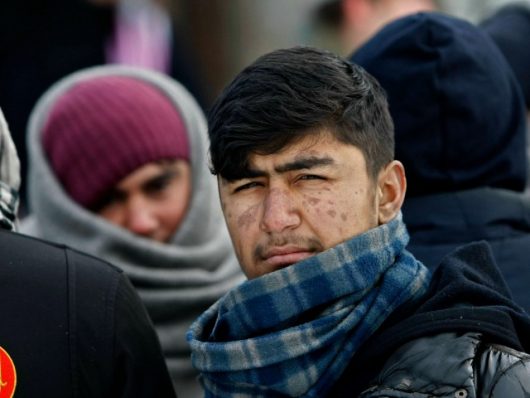 As a newly elected member of the United Nations Human Rights Council, Croatia is promising to protect human rights and fight against discrimination. Considering the unfair treatment of minorities and hate crimes that were written of in the Human Rights Practices report for 2016, the country has a great deal of work to do.
As a newly elected member of the United Nations Human Rights Council, Croatia is promising to protect human rights and fight against discrimination. Considering the unfair treatment of minorities and hate crimes that were written of in the Human Rights Practices report for 2016, the country has a great deal of work to do.
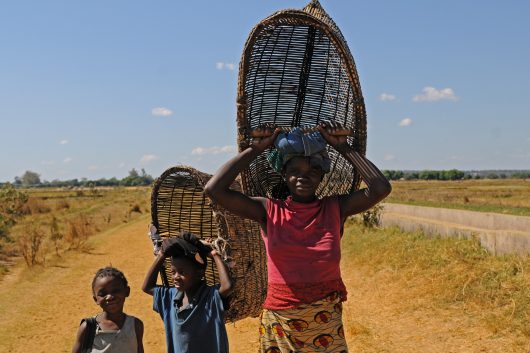 It is the time of year to reflect on achievements and the need for change. The World Economic Forum 2016 Report on the Global Gender Gap points to both.
It is the time of year to reflect on achievements and the need for change. The World Economic Forum 2016 Report on the Global Gender Gap points to both.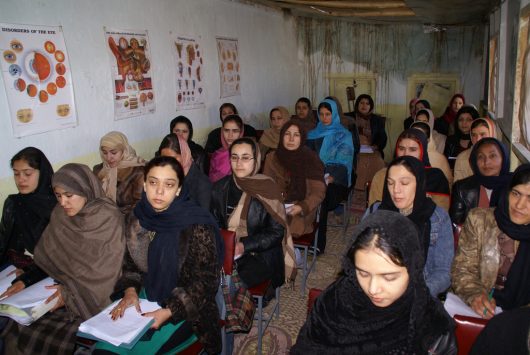
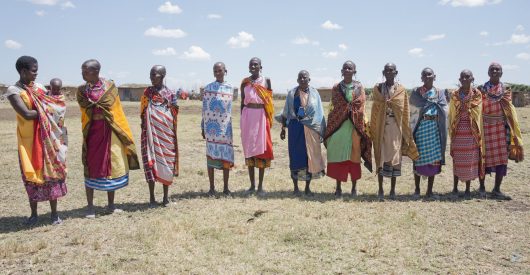

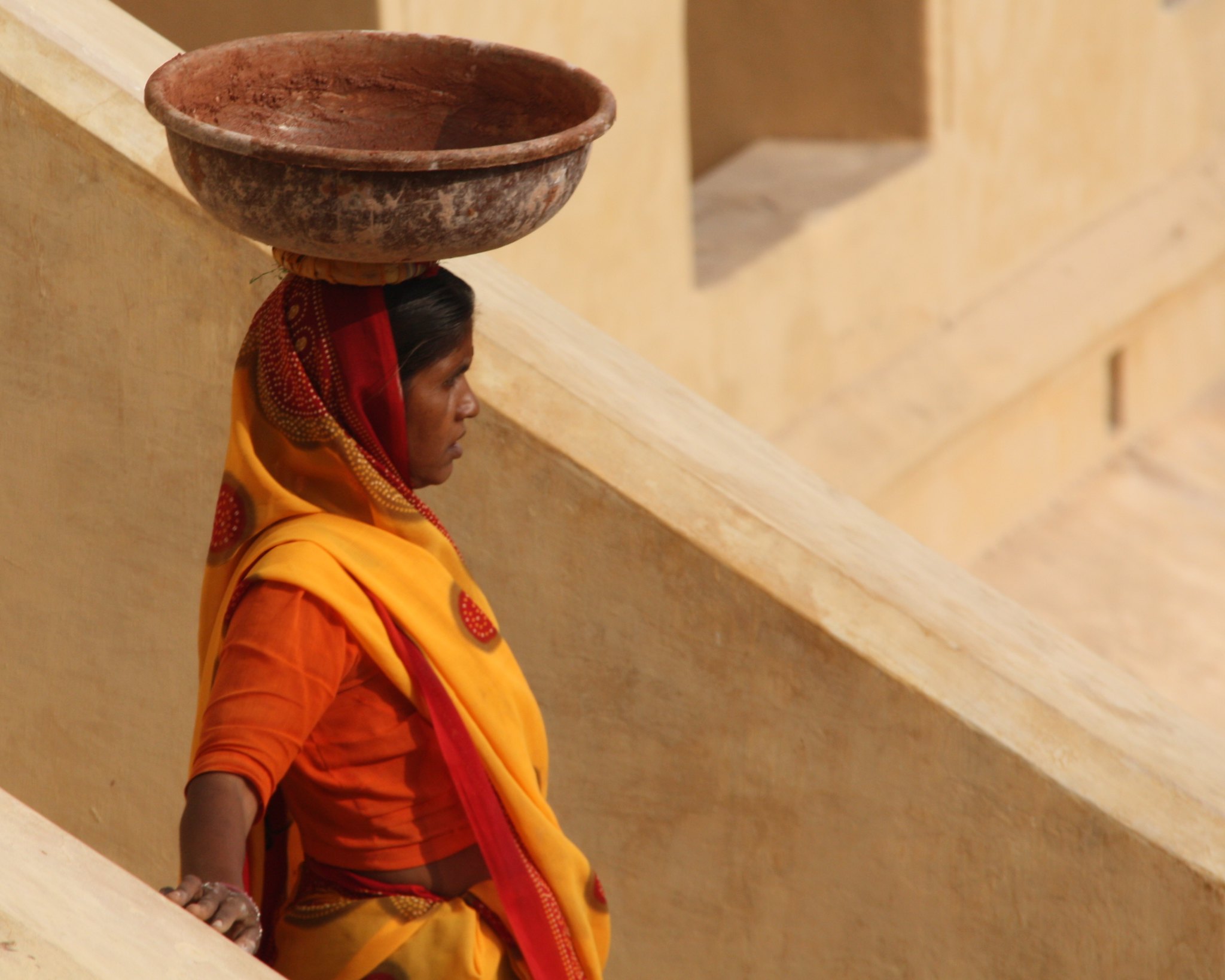
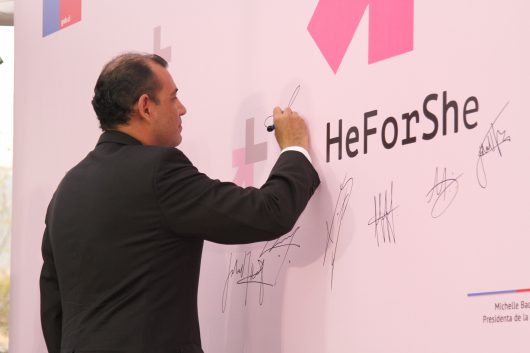
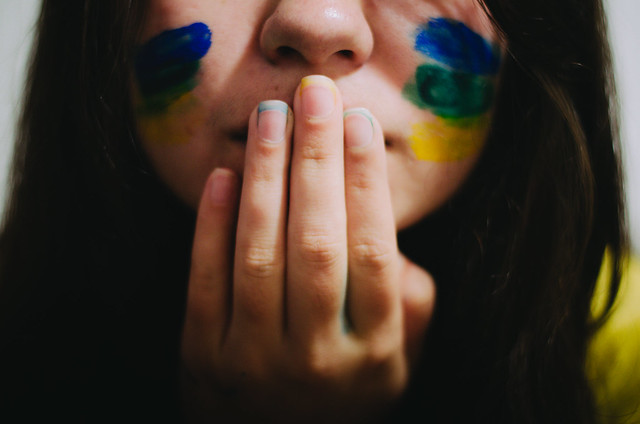 According to the U.N., gender-based violence in
According to the U.N., gender-based violence in 